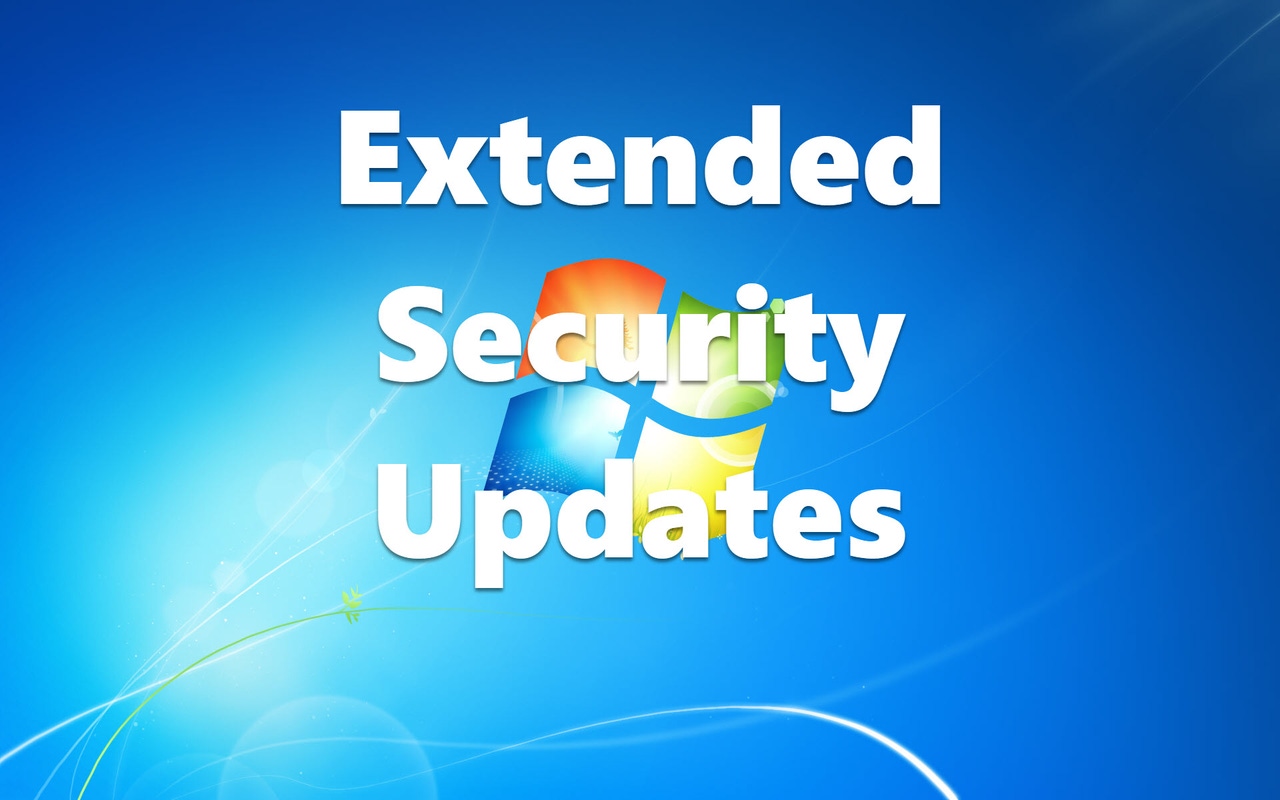Windows 7 Extended Support Costs Revealed
Some enterprises may still need Windows 7 extended support when the operating system reaches its end of support lifecycle date in January 2020. Microsoft is offering Extended Security Updates (ESUs) -- but it will cost you.

The end of lifecycle support for Windows 7 occurs on January 14, 2020, and is just less than a year away. Many Enterprise, Business and Education customers are already working on their migrations to Windows 10, but the reality for some organizations is that they will need Windows 7 extended support for some of their systems that can't make the move to Windows 10 before that end of lifecycle date.
One option for those customers who are already using Microsoft Azure services would be to use the upcoming Windows Virtual Desktop on Azure service which allows Windows 7 virtual desktops that include the three years of Windows 7 extended support as part of the package at no extra cost.
Windows 10 Security: How to Configure Advanced Security Features (Webinar)
If using Microsoft Azure is not an option, then the last option IT pros have at their disposal is to pay Microsoft for Extended Security Updates (ESUs). This is a service that Microsoft has offered in the past when one operating system is approaching the end of its extended support. Whether the continued use of Windows 7 is due to legacy support of a Line of Business (LOB) app or older hardware that can not yet be upgraded/replaced, ESU's provide an option to keep those systems up to date and secure.
Of course, this Windows 7 extended support comes with a price tag.
Microsoft announced the availability of the ESU's last year during Microsoft Ignite and indicated they would be provided for three years until January 2023 however, no information was provided related to cost at that time.
According to reporting this week by ZDNet's Mary Jo Foley, Microsoft has recently briefed partners and sales personnel about the ESU's, their pricing, and other details as noted below:

Windows 7 Extended Security Updates Pricing Chart (Recreated from this original chart)
Key takeaways:
Users are charged on a per-device basis. There are no volume discounts, but there is also no minimum number of devices required.
Each year the price per device doubles. Depending on the number of devices, this can get expensive very quickly which is why minimizing the number of devices that need to remain on Windows 7 is a critical part of any IT operation's preparation for the end of Windows 7's support lifecycle.
Adding a device in year two or three still requires payment for that device to receive ESUs. In other words, to add a Windows 7 Pro device in the second year it would cost $150 instead of just $100 because the device is getting those first year updates. This prevents riding out one or two years without security updates and then jumping in to grab everything all at once for the price per device in that particular year.
Coverage of Windows 7 Pro devices cost twice as much compared to Windows Enterprise but ESU's are available in both Volume Licensing (VL) and Cloud Solution Provider (CSP) programs.
While it is a good business option to have an alternative that provides security updates for your hold over Windows 7 systems, migrating those devices to Windows 10 at the earliest opportunity is a lower-cost solution in the long run versus paying for up to three years of ESUs.
About the Author
You May Also Like
.jpg?width=100&auto=webp&quality=80&disable=upscale)
.jpg?width=400&auto=webp&quality=80&disable=upscale)





.jpg?width=700&auto=webp&quality=80&disable=upscale)
